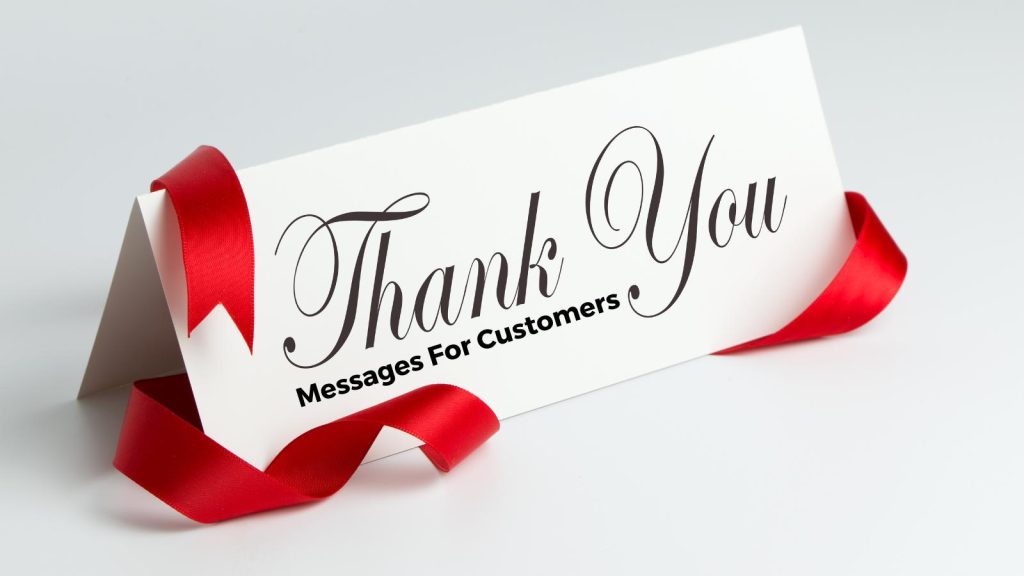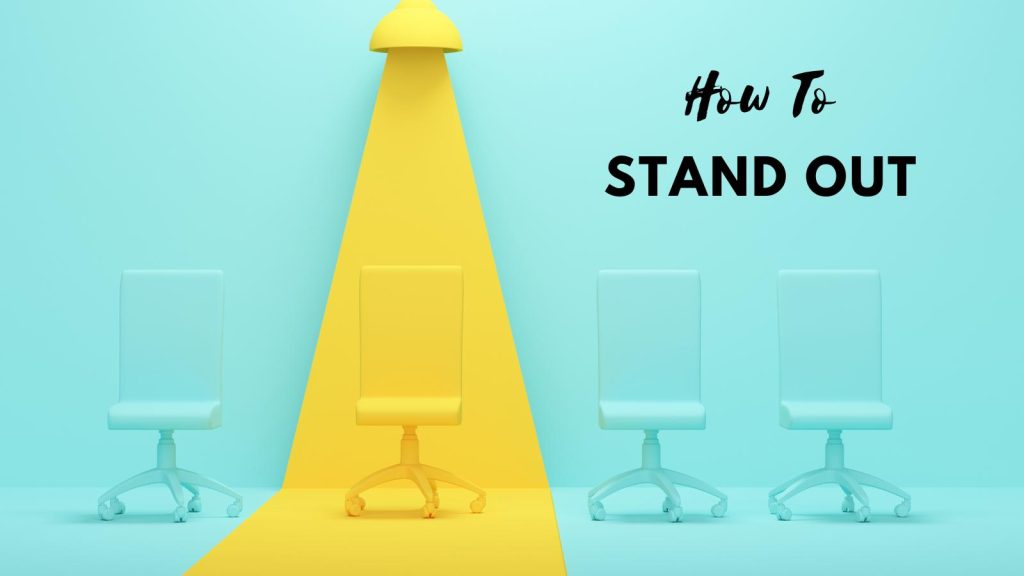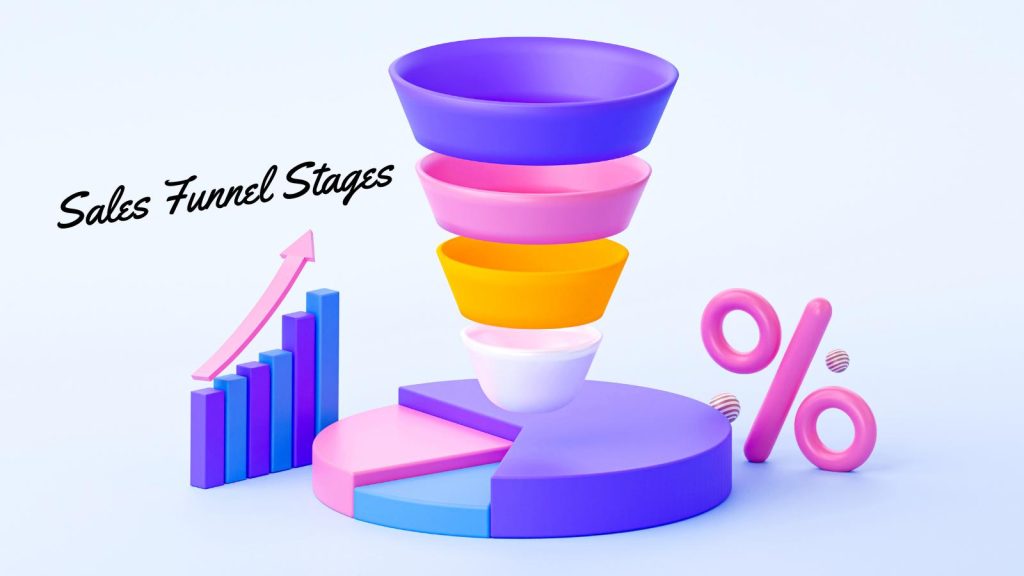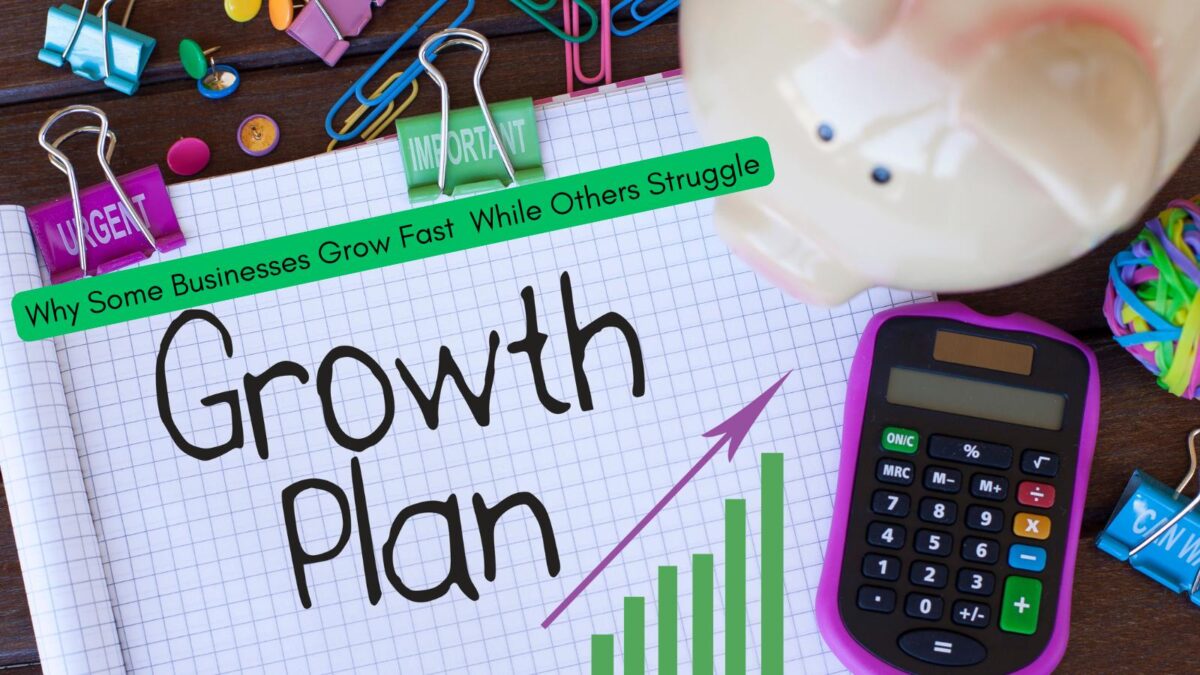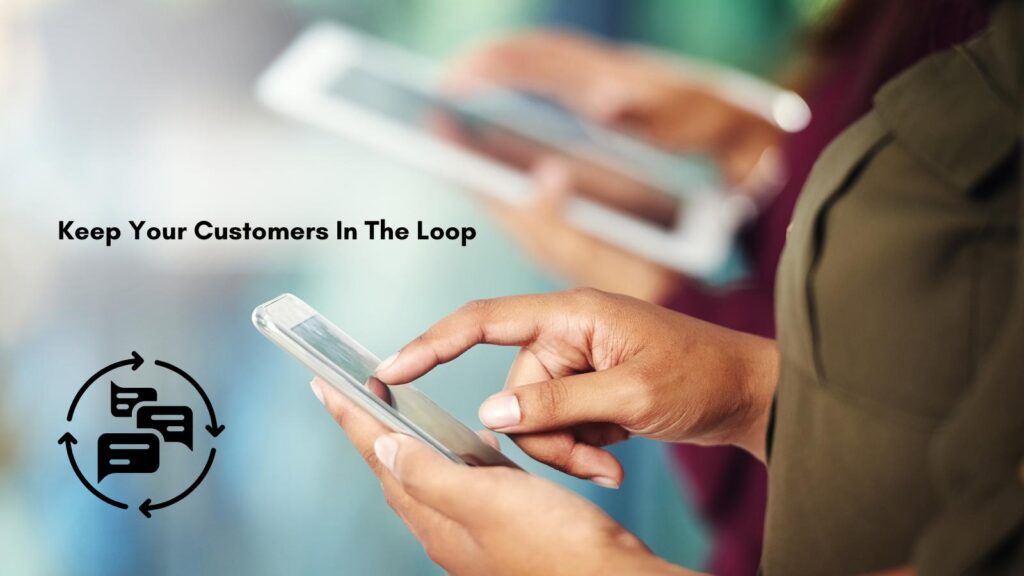As a small business owner, you know how vital it is to build and maintain strong relationships with your customers. One of the most effective ways to do this is by expressing gratitude through a small business thank you message to customers.
A well-crafted small business thank you message to customers can significantly enhance customer loyalty.
This article will explore the importance of thank you messages, the different types of messages you can send, and how to craft the perfect thank you message to foster customer loyalty and retention.
Implementing a thoughtful small business thank you message to customers can build rapport and encourage future purchases.
With the right approach, you’ll leave a lasting impression on your valued customers and help your business thrive in the long run.
Table of Contents
The Importance of Thanking Customers
Each small business thank you message to customers you send reinforces your commitment to customer satisfaction.
In your small business, thank you message to customers, mention special offers to provide added value, and show appreciation.
A personalized small business thank you message to customers emphasizes their importance to your business.
Customer appreciation is essential for any business, but it’s especially crucial for small businesses trying to establish a loyal customer base.
Sending a heartfelt thank you message to your customers can have a significant impact on your relationship with them, leading to numerous benefits for your business.
Build Customer Loyalty
Customers who feel valued and appreciated are more likely to return to your business for future purchases.
A well-crafted thank you message shows that you genuinely care about your customers, fostering a sense of loyalty that can lead to repeat business.
By taking the time to build customer loyalty, you’re not only ensuring continued patronage but also increasing the chances of attracting new customers through word-of-mouth marketing.
Measuring the impact of your small business’s thank you message to customers is essential for future strategy. Highlighting your commitment in a small business thank you message to customers reinforces your brand ethos.
Every small business’s thank you message to customers should be sincere and tailored to the individual.
There is no doubt that a valued customer helps improve customer retention.
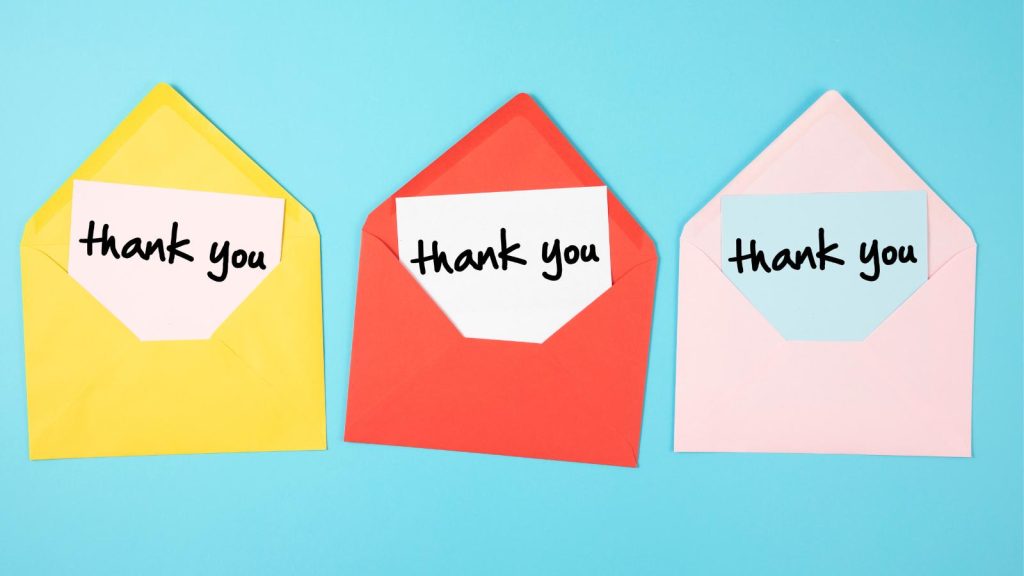
Make each small business’s thank you message to customers feel unique to solidify customer relationships. Using a personalized thank-you message for small business customers can create a memorable first impression.
Consider including a special offer in your small business thank you message to customers to further engage them.
Effective small business thank you messages to customers can increase referral rates by keeping satisfied clients.
A Word About Business Loyalty
Business loyalty is crucial for securing ongoing business and cultivating lasting relationships with your customers. One effective way to promote business loyalty is through the use of a thank you messages for employees or.customers
These messages not only express gratitude but can also highlight all our amazing deals, contributing to a satisfied customer experience.
Utilizing a small business thank you message to customers not only expresses gratitude but also serves to engage customers positively. Sending a timely small business thank you message to customers can have a significant positive impact.
Incorporating a small business thank-you message to customers into your follow-up strategy can enhance the customer experience. By sending a personalized thank you note, you demonstrate that you value their patronage, leading to higher customer satisfaction.
Encouraging customers to leave feedback in your small business, a thank you message to customers can help improve your services. A well-timed small business thank you message to customers can boost online reviews and attract new clientele.
In turn, satisfied customers are more likely to remain loyal to your business, advocate for your brand, and continue to support you in the long run. Utilizing a small business thank you message to customers can foster a sense of community around your brand.
Showcasing Appreciation With A Small Business Thank You Message To Customers
Your customers have many options when it comes to making purchases, so it’s essential to show your gratitude for their decision to choose your business.
A personalized thank you message helps customers feel valued and appreciated, which can, in turn, create a positive experience that they’ll associate with your brand.
Statistics show that customer appreciation is linked with bigger profits.
Encouraging Positive Reviews
Customers who receive a thank you message from a small business are more likely to share their positive experience with others, either through word of mouth or by leaving a review online.
Positive reviews can help attract new customers and boost your online reputation, which is particularly important for small businesses looking to grow.

NLP – Don’t Hesitate
In neuro-linguistic programming (NLP), the choice of words plays a significant role in shaping a person’s thoughts, emotions, and actions.
One such word to be mindful of is “hesitate.” When using the word “hesitate” in a conversation or message, it may inadvertently create a sense of uncertainty, doubt, or anxiety in the reader/listener’s mind.
Instead of instilling confidence or encouraging action, the word can have the opposite effect, leading to indecision and inaction.
By choosing a more positive and empowering language, you can foster a sense of trust, assurance, and motivation in your communication.
This is particularly important in customer service, sales and marketing, where the goal is to inspire positive emotions and prompt customers to take action.
By being mindful of the language you use, you can create more effective and impactful communication.
If all else fails, stop saying ‘If you have any further questions or concerns, please don’t hesitate to contact us…’
‘Please do contact us immediately‘ is much better.
Types of Difference Thank You Messages
There are several ways to send thank you messages to your loyal customers, each with its unique advantages.
Depending on your business and target audience, some methods may be more effective than others.
Here are five common types of thankful messages you can consider:
- Handwritten Notes: A handwritten note adds a personal touch that can make your message feel more genuine and heartfelt.
While it may be time-consuming, especially for businesses with a large customer base, handwritten notes can be particularly impactful for high-value or long-time customers.
- Emails: Emails are a cost-effective and efficient way to send a thank you message, especially if you have an extensive customer list.
You can easily personalize emails using the customer’s name and other relevant details and include special offers or discounts to encourage future purchases.
- SMS Text Messages: Text messages offer a direct and immediate way to communicate with your customers.
They’re great for sending thank you messages with a sense of urgency, such as after a purchase or event.
Ensure to get your customers’ consent before sending text messages, as unsolicited messages can be intrusive.
- Social Media Posts: Social media platforms like Facebook, Instagram, and Twitter can be used to publicly thank your customers and engage with them on a more personal level.
This can help humanize your brand and show your appreciation to a broader audience.
- Video Messages: A video message is an engaging and creative way to express your gratitude.
You can record a personalized video message or create a more general video to share with all your customers.
Videos can be easily shared on social media platforms and your website, making them an excellent tool for fostering customer loyalty and appreciation.
Crafting the Perfect Small Business Thank You Message To Customers
To create small business thank you messages for a friend or one that resonates with your customers and leaves a lasting impression, it’s essential to focus on three key elements:
Personalization, tone, voice, and call to action.

Personalization
A personalized message goes a long way in making your customers feel appreciated. Here are some tips for adding a personal touch to your thankful messages:
- Using Customer’s Name: Addressing your customers by their name adds warmth to your message and makes it feel more genuine. Make sure to double-check the spelling to avoid any errors.
- Referencing a Specific Purchase or Interaction: Mentioning the product or service your customer purchased or a memorable interaction you had with them can make your message feel more tailored and relevant.
- Tailoring Message Based on Customer History: If you have access to your customer’s purchase history, you can use this information to personalize your message further. For example, you can thank them for their continued support or acknowledge a recent milestone, such as their first anniversary of making a purchase.
Tone and Voice
The tone and voice of your thank you message should reflect your brand’s personality and appeal to your customers’ emotions. Consider the following tips:
Incorporate visual elements into your small business thank you message to customers for enhanced appeal.
- Formal vs. Informal Language: Depending on your brand and target audience, you might choose to use a formal or informal tone. Generally, an informal tone works well for a thank you message, as it feels more conversational and relatable.
- Expressing Genuine Gratitude: Ensure your message genuinely conveys your sincere gratitude. Avoid using cliches and overly generic phrases that might make your message feel insincere.
- Appealing to Customer Emotions: Emphasize the positive impact your customers have on your business, and share any emotions you genuinely feel, such as excitement or appreciation.
Yup, it pays off sending out those cards to keep in touch with customers and clients 👍 Have you discovered the magic of SendOutCards yet? 📱+💌+📬 =❤ Send your first card FREE!…https://t.co/U85wGX2l3j #hugsinthemail #sendingsmiles #promptings #sendoutcards pic.twitter.com/qsSWPNQqB0
— Ilka Flood (@mybeachmoney) May 10, 2023
Including testimonials in a small business thank you message to customers can reinforce trust.
Call To Action
Including a call to action in your small business thank you messages to customers can encourage further engagement from them. Some ideas for calls to action are:
When done correctly, a small business thank you message to customers can drive customer engagement.
Make sure your small business thank you message to customers aligns with your overall marketing strategy.
- Inviting Feedback or Reviews: Ask your customers to share their thoughts or experiences by leaving a review or providing feedback. This can help you gain valuable insights and improve your business.
- Offering Special Discounts or Incentives: Encourage future purchases by providing a discount code or exclusive offer for your customers to use on their next visit.
- Encouraging Social Media Shares: Invite your customers to share your message or their experience with your business on social media platforms. This can help you reach new potential customers and build your online presence.
Thank You Message Templates
To help you get started, here are some general and industry-specific thank-you message templates you can use as a starting point:
General Templates With Words To Say Thank You and Appreciation
- Dear [Customer’s Name], thank you for your recent purchase at [Company Name]. We appreciate your support and hope you enjoy your new [Product Name]. Please let us know if you have any questions or concerns. We’re always here to help!
- Hi [Customer’s Name], we wanted to take a moment to thank you for your continued support. Your loyalty means the world to us, and we’re grateful to have you as a valued customer. As a token of our appreciation, please enjoy a [Discount or Offer] on your next purchase. Use code [Coupon Code] at checkout.
Industry-Specific Thank You Message Templates
Retail
[Customer’s Name], thank you for shopping at [Company Name]! We hope you love your new [Product Name]. Don’t forget to tag us on social media and share your fabulous finds with your friends!
Always strive for clarity in your small business thank you message to customers to avoid misunderstandings.
Hospitality
Dear [Customer’s Name], thank you for choosing [Company Name] for your recent stay. We hope you had a wonderful time, and we look forward to welcoming you back in the future. If you have any feedback or suggestions, please feel free to share them with us.
Service-Based Business
[Customer’s Name], thank you for choosing [Company Name] for your [Service Type]. We appreciate your trust in us and hope you were satisfied with the service provided. If you have any questions or concerns, please don’t hesitate to reach out.
Best Practices For Sending Small Business Thank You Message To Customers
To make the most out of your small business’s thank you messages to customers, follow these best practices:
- Personalize your messages by addressing customers by their names and referencing specific details about their purchase or interaction.
- Use a tone and voice that reflect your brand’s personality and resonate with your target audience.
- Incorporate a clear call to action that encourages further engagement from your customers.
- Send your messages at the appropriate timing and frequency to avoid overwhelming your customers.
- Maintain consistent branding throughout your messages to reinforce your brand identity.
- Track and analyze the results of your messages to continuously improve and optimize your efforts.
- Address any negative feedback or issues promptly and professionally to show your customers that you genuinely value their opinions.
Timing of Your Small Business Thank You Message To Customers
The timing of your thank you message is crucial for making a positive impact on your customers.
Ideally, you should send your messages soon after the customer’s purchase or interaction with your business.
This ensures that their experience with your business is still fresh in their minds, making your message more relevant and memorable.
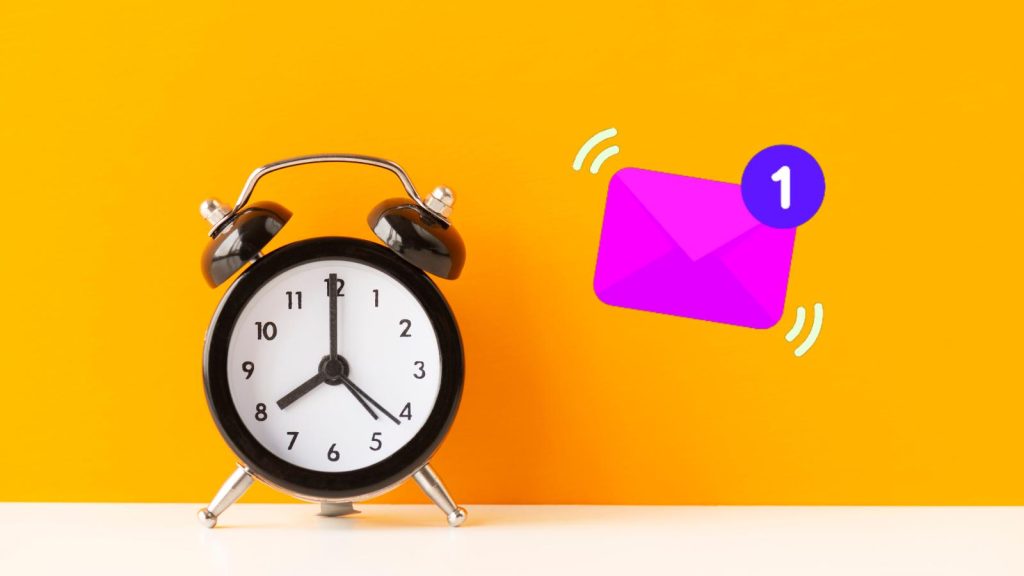
Frequency of Sending Messages
When it comes to the frequency of sending thank you messages, it’s essential to strike a balance between maintaining customer engagement and avoiding spamming their inboxes.
Consider sending messages after significant interactions or milestones, such as first purchases, repeat purchases, or customer anniversaries.
Additionally, you can send thank you messages during holidays or special events to show your appreciation and stay connected with your customers.
Maintaining Consistent Branding
Consistency in branding is crucial for establishing and maintaining a robust brand identity.
Ensure that your thank you messages reflect your brand’s tone, voice, and visual elements.
This includes using your brand’s colors, fonts, and logo in your messages, as well as incorporating your brand’s unique voice and messaging style.

Tracking and Analyzing Results
To gauge the effectiveness of your thank you messages and optimize your efforts, it’s essential to track and analyze key performance indicators.
This may include metrics such as open rates, click-through rates, conversions, customer retention, and online reviews.
Use these insights to refine your messaging strategy and make data-driven decisions to improve your customer appreciation efforts.
Handling Negative Feedback or Issues
Negative feedback or issues can arise despite your best efforts. When this occurs, it’s crucial to address the situation promptly and professionally.
Acknowledge the customer’s concerns, apologize for any inconvenience caused, and provide a solution or a plan to resolve the issue.
By demonstrating that you genuinely care about their experience and are committed to making it right, you can turn a negative situation into a positive one and potentially retain a dissatisfied customer.
How to Handle Complaints Positively
Imagine a situation where a customer has left a negative review on your online store, stating that they received a damaged product and are unhappy with their purchase. Here’s an example of how to handle the negative feedback or issue:
- Acknowledge the customer’s concern: Respond promptly to the review or message, addressing the customer by their name and acknowledging their frustration.
For example, “Dear [Customer’s Name], we are genuinely sorry to hear about the damaged product you received.
We understand your disappointment and want to make it right.”
- Apologize and empathize: Express your sincere apologies for the inconvenience caused and show empathy towards their situation.
For example, “We apologize for the inconvenience this has caused you, and we can imagine how frustrating it must be to receive a damaged item.”
- Offer a solution: Provide a clear plan of action to rectify the issue, such as offering a replacement, refund, or discount on their next purchase.
For example, “To resolve this issue, we would like to offer you a replacement product at no additional cost, or if you prefer, a full refund for your purchase.”
- Take responsibility and assure improvement: Take ownership of the problem and ensure the customer that steps will be taken to prevent similar issues from happening in the future.
For example, “We have identified the issue within our shipping process, and we will be taking immediate action to ensure this does not happen again.”
- Follow up and ensure satisfaction: After resolving the issue, follow up with the customer to ensure they are satisfied with the solution provided and reiterate your commitment to their satisfaction.
For example, “We hope the replacement product meets your expectations. If you have any further concerns, please do reach out to us. We’re committed to providing the best possible customer experience.”
By handling negative feedback or issues in this manner, you demonstrate to the customer that you genuinely care about their experience and are committed to making it right.
This approach can help you retain dissatisfied customers and even turn them into loyal advocates for your business.
Thank you messages play a crucial role in building and maintaining strong relationships with your customers.
By focusing on personalization, tone, voice, and a clear call to action, you can create effective thank-you messages that leave a lasting impression on your valued customers.
As a small business owner, investing time and effort into crafting heartfelt messages can lead to increased customer loyalty, retention, and ultimately, the growth of your business.
FAQs: Small Business Thank You Messages To Customers
How Often Should I Send Thank You Messages To My Customers?
There’s no one-size-fits-all answer to this question, as it depends on your business and customer base. In general, it’s a good idea to send thank you messages after significant interactions or milestones, such as a first purchase, a repeat purchase, or a customer anniversary.
Should I Use Email Automation For Thank-You Messages?
Email automation can be a helpful tool for sending thank you messages efficiently, especially if you have a large customer base. However, it’s essential to ensure that your automated messages still feel personalized and genuine.
Can I Use The Same Small Business Thank You Message For All My Customers?
While using a template can save time, it’s important to personalize each message to make it more impactful. You can use a template as a starting point, but make sure to customize it for each customer, addressing them by name and including specific details about their purchase or interaction.
What If I Receive Negative Feedback After Sending Thank You Messages?
Negative feedback can be an opportunity for growth. Thank your customers for their honesty, address their concerns, and take action to improve your business. By showing that you value their opinion, you can turn a negative experience into a positive one and potentially retain a dissatisfied customer.
How Can I Track The Success Of My Small Business Thank You Message To Customers?
Monitor key performance indicators, such as customer retention, repeat purchases, and online reviews, to assess the effectiveness of your thank-you messages. You can also use analytics tools to track open rates, click-through rates, and conversions from your email or SMS campaigns.
Crafting a memorable thank–you message to customers is a priority for all small businesses.
Author Bio: Adam Rood writes to readers at adamrood.com, where he shares insights, tips, how-to guides, and articles about starting a business following his 15 years of experience in the world of entrepreneurship.
